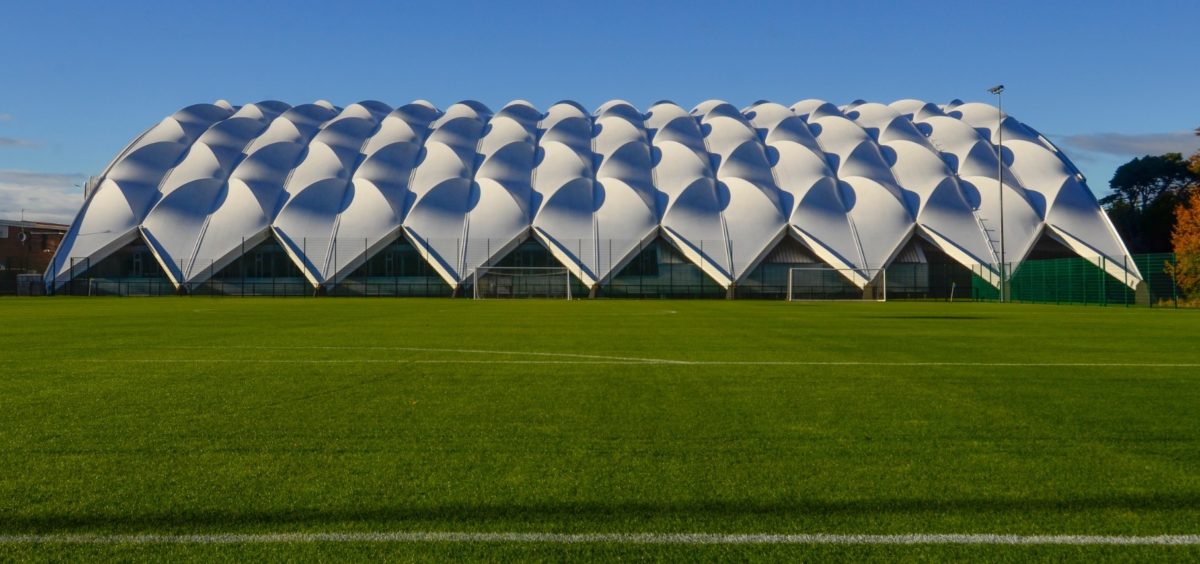
A senior partner at Thomas & Adamson has said he believes the build of new student accommodation developments will be the biggest growth area in the university market over the coming years.
The construction and property consultancy is well versed in university projects, with a portfolio that includes Scotland’s national sports performance centre, Oriam, at Heriot-Watt, as well as the delivery of a teaching hub on behalf of the University of Glasgow and an ongoing extension project at Abertay University.
On the student accommodation front, Thomas & Adamson has been involved in schemes such as Blythwood House in Glasgow, Fife Park in St Andrews, and Jeffrey Street, Edinburgh, providing services including cost management, project management, quality monitoring, and construction safety services.
Alastair Wallace told Project Scotland that a large portion of planned student accommodation builds dropped off following the onset of the pandemic – but he expects this to pick up again, including a significant push to replace existing student digs which fail to meet the expectations of modern students.
“New build accommodation has been a big growth area over the last ten years,” he added. “It has perhaps slowed down, mainly due to the pandemic, but I can see it coming back. Will it be coming back to simply provide more and more additional beds? I’m not sure, but what I think it will do is come back to replace second-hand stock.”
Because new build accommodation is becoming so advanced – with demand for study spaces, large kitchens, social areas, and modern designs – students are becoming increasingly less likely to accept outdated, older accommodation, Alastair added.

“It’s not necessarily about adding beds; I think the conversation will move to replacing beds – renewing them and ensuring it’s more modern,” he explained. “People make friends at university, and you’ll have one person living in – let’s be honest – pretty low level of accommodation whilst someone 100 yards away is in a high level of accommodation. I think there’s just a general acceptance that we’re raising the standard and people are looking for better. I think that’s where the growth in the market will be: in replacement stock.”
Alastair cited the improved understanding over the last decade on the ‘huge, huge’ role that buildings and spaces – including accommodation – have on the ability to teach and learn. Well-designed facilities have been shown to aid motivation and boost attendance.
A 2013 Higher Education Design Qualification Forum revealed 36% of students had rejected universities due to the quality of their buildings, facilities, or physical environment.
Key to meeting the demands of scholars is creating ‘elite’ facilities, Alastair said, highlighting Heriot-Watt’s Oriam sports facility as an example. The centre is used by Heart of Midlothian Football Club’s youth academy, the Scottish national rugby team, and was set to be the Czech Republic’s training base at Euro 2020 before Covid restrictions scuppered plans.
“It’s such an iconic building,” Alastair added. “It caters to so many different needs and groups, which just makes it a great place to be. And it’s part of the university and their learning experience; it is so well done by the architect.”
With some of Scotland’s university buildings dating as far back as the early 15th century, new build learning facilities aren’t often an option due to listings and a desire to maintain the heritage of the learning institute, or because the existing facilities are perfectly adequate but simply require a modern refurbishment.
Currently, Thomas & Adamson is working on a project at Abertay University to combine its Old College building, which opened in 1911, with a series of modern, cellular rooms and open plan areas.
Such refurbishment works also lend a hand to ensuring facilities are up to date with modern fire regulations and can simplify the more complex layouts of older buildings.
“I think and I know what they’re (universities) doing is starting to look at all these spaces and look at what are the needs going forward. Can these existing spaces accommodate the needs and, if not, what do we need to do to these spaces?”








